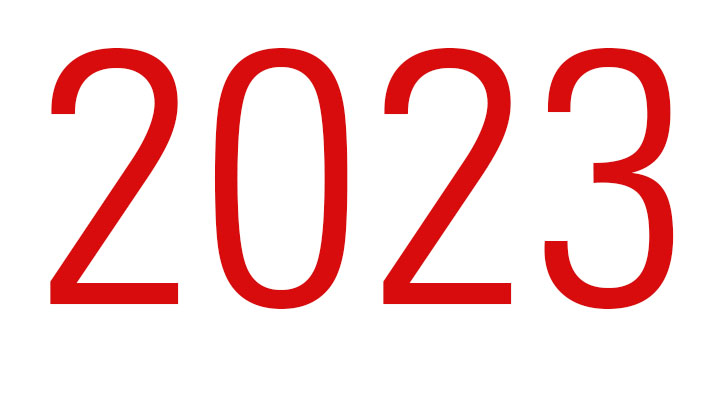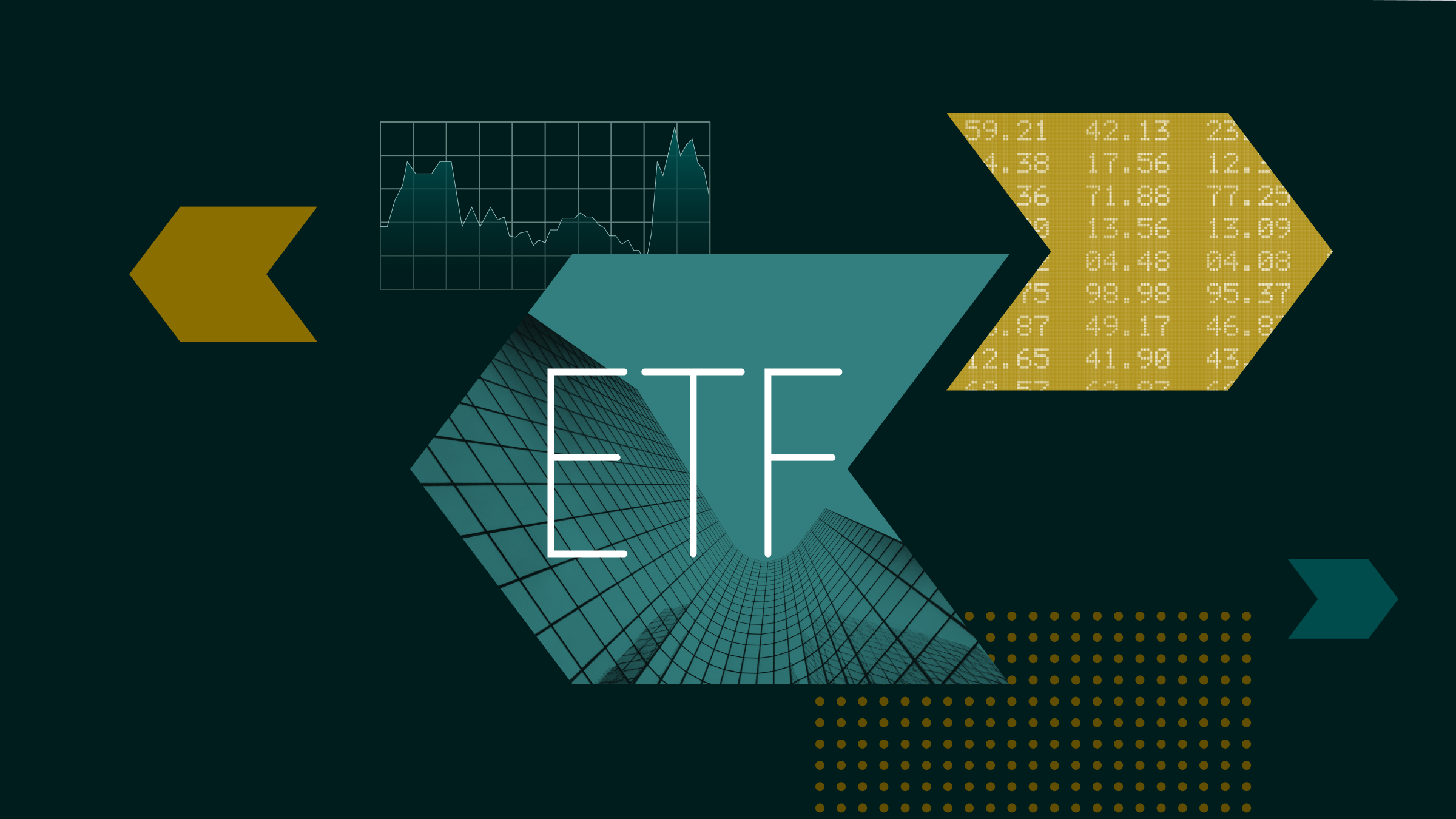
Since January 1st 2023, the Japanese Nikkei 225 index has risen by 37%. It recently broke the 35,000 threshold for the first time in 34 years, since its meltdown of 1990. Surprisingly, many major investors remain on the sidelines. For example, the colossus Blackrock at the beginning of last summer still recommended underweighting Japan.
However, at the same moment, other major players were pouring money in. A few weeks after BlackRock’s declaration, Berkshire Hathaway announced that it was increasing its stake in Japan’s five foremost conglomerates to an average of 8.5%. These five “sogo-shosha” (Mitsui, Mitsubishi, Marubeni, Sumitomo, Itochu) stand at the centre of vast integrated networks that include banks, commodity importers, first rank industrials and exporters.
“Japanese stocks have a way of turning people into cynics,” observes Tyler Mordy, CEO and CIO of Forstrong Global Asset Management. Indeed, ever since the huge crash of 1990, the majority of investors have avoided the country.
The complaints were numerous: at company level, management was impervious to investor expectations, balance sheets were bloated with cash, and capital expenditure was minimal; at the economic level, deflation was chronic, demography declining, and many government attempts at stimulating growth went nowhere. “With still expensive stock prices and sky-high government debt, people asked: ‘Is this just another value trap,” Mordy comments.
At first sight, the Nikkei 225 had a remarkable streak since it bottomed out in October 2012, producing a 13.9% average annual return in local currency, slightly above 13.8% for the S&P. Same story for the Topix index which returned 337% over the same period compared to the S&P’s 335%. But when you translate that to US dollars, “it is less exciting: 13.8% for the S&P and 8.5% for the Nikkei,” points out Craig Basinger, chief market strategist at Purpose Investments.
Cynicism Seems to be on the Wrong Side
But the tables have been turning and cynicism now appears to be on the wrong side. “It’s probably only an opening act, Mordy says, commenting on Warren Buffett’s increased commitment to the major conglomerates. Buffett probably sees what we see: a real economic cycle unfolding with stock values that are very cheap, while the purchasing power of the US dollar is very strong. We are definitely positioned in Japan.” Basinger adds: “We went overweight Japan at the end of June 2022. It has worked out very well.”
Kazunori Ito, director of Japanese equities and Asian technologies for Morningstar, shares in the upbeat mood and points to many positive factors. The Tokyo Stock Exchange, he notes, has been encouraging companies to improve return on investment for more than 15 years and those efforts are bearing fruit. “The proportion of independent directors on boards was 30% in 2015, he says, in 2022, it had grown to 90%. I’m impressed that investor relations have improved with a strong message focussing more on return on equity than in the past. Companies now use their excess cash for capital expenditures and share buybacks rather than keep them on the balance sheet.”
“A sea change in corporate governance has lead to major developments in dividends and share buybacks with levels that are almost quadruple those we saw 10 years ago,” also observes Daniel Blake, Asia and Emerging markets strategy team, at Morgan Stanley. The analyst adds other positives: a return of nominal GDP growth, a positive feedback loop between price hikes and wage rises, plus a boost in investment, both foreign and domestic, and that will be propped up by the Nippon Individual Savings Account program to be launched this January.
There Still Is Room to Run
This Nikkei bull has already progressed significantly, but it has not yet run ahead of itself. “There is a great valuation support even after the good gains over the past year, Basinger believes, noting that the price-to-earnings ratio stands at 16 compared to 22 for the U.S.. “Japan is about the same PE as Canada, but the currency is 54% undervalued,” he adds.
“We see a target of 2600 for the Topix index, Blake projects, which implies 10% upside in yen terms and a bit more in US dollar terms from current levels.”
Ito thinks that the major development for the Japanese economy stands mostly in the semiconductor sector. “TSMC (Taiwan Semiconductor Manufacturing Company) is investing in two major plants and planning a third, he points out, which could bring other investments in the Kyushu region. Also, some equipment companies are building up R&D offices in Japan, notably Samsung.” He believes many companies could benefit from the uplift, notably Tokyo Electron and Advantest, two equipment manufacturers, and Shin-Etsu Chemicals and Sumco, two wafer companies.
Mordy sees in the Japanese revival a “revenge of the real economy, driven by decarbonization, remilitarization and reglobalization,” which leads him to favour industrials above all sectors, while financials will benefit from monetary normalization. “We also like the small cap space, he adds, which is a play on the local economy, and even more undervalued than the larger corporate stocks.”







:quality(80)/cloudfront-us-east-1.images.arcpublishing.com/morningstar/KWYKRGOPCBCE3PJQ5D4VRUVZNM.jpg)












